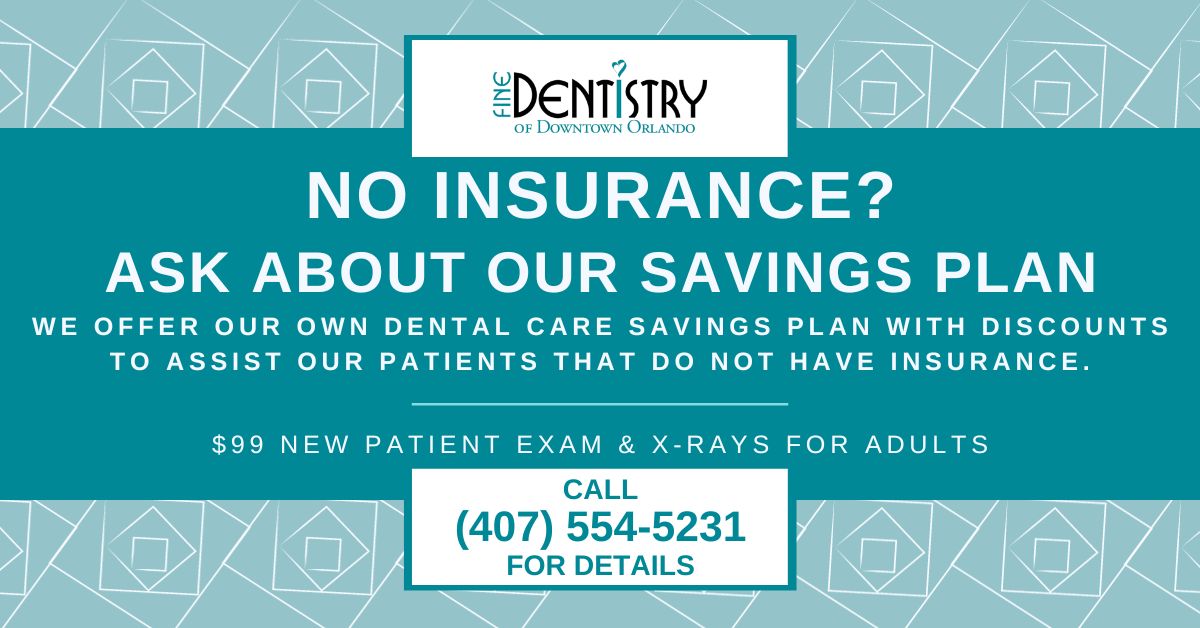Invisalign: An Amazing Alternative to Braces

In the past, fixing crooked teeth meant a mouth full of metal. Then along came an awesome alternative to braces – Invisalign.
Invisalign has transformed the smiles of millions of adults and teens. These clear plastic aligners have become so popular because they offer multiple advantages over conventional orthodontic treatment.
And the Invisalign system is driven by powerful, advanced technology that can straighten teeth twice as fast as braces and resolve a range of orthodontic issues.
Benefits of Invisalign Compared with Braces
Invisalign is the most in-demand removable alternative to braces and makes it easier to get on with your life without the inconvenience of having to wear braces 24/7. Silver Lake Orthodontics adds that many patients prefer Invisalign because they can remove the aligners for special occasions and to clean their teeth.
Advantages of Invisalign compared with braces include:
- Better appearance during treatment. Invisalign aligner trays are made from premium medical-grade transparent plastic (polyurethane resin) that’s practically invisible in the mouth.
- You can get your new smile faster. Invisalign treatment takes 12 months on average. Braces can take 18 to 24 months.
- More comfort. The flexible plastic and smooth edges of Invisalign trays make them far more comfortable than the wires and brackets of metal braces.
- Fewer dental appointments. Unlike braces, Invisalign aligners don’t need constant adjustments by your dentist.
Advantages of Aligner Removability
You pop your aligners out for meals and snacks, so you can continue to enjoy your favorite foods. There’s no long list of dietary restrictions that comes with braces, which can be damaged by hard or sticky foods. Being able to remove your aligners for brushing and flossing makes Invisalign better for your oral health than braces. Cleaning your teeth effectively when wearing fixed braces is difficult, which increases the risk of cavities and gum disease.
Problems Invisalign Can Fix
Invisalign can fix many orthodontic issues, including:
- Crooked teeth.
- Gapped teeth.
- Crowded teeth.
- Protruding teeth.
In some cases, Invisalign may not work as well as braces because of the positioning or shape of teeth. However, the scope of Invisalign is being widened all the time, with more difficult cases becoming treatable through advances in technology.
The Incredible Technology Behind Invisalign
Invisalign aligner trays may look like little bits of plastic but they’re packed with hi-tech features that have revolutionized orthodontic treatment.
Invisalign was developed by U.S.-based multinational medical device company Align Technology, which constantly updates the technology and innovations behind its aligners.
The company says more than 10 million people, including 1.4 million teens, have chosen Invisalign treatment as an alternative to braces.
Invisalign 3D Scanning and Aligner Production
The Invisalign system is based on 3D models of the patient’s mouth. These are created in minutes with a state-of-the-art chairside iTero digital scanner, capable of taking 6,000 high-resolution images a second.
This allows both dentist and patient to see how teeth will move into their final position. Digital scanning also avoids the need for messy, old-style impressions, which can be distressing for patients with a strong gag reflex.
After the digital scanning process, Invisalign aligners are made by 3D printers from a biocompatible thermoplastic. Each aligner is unique to the patient – customized and individually trimmed for a better fit and appearance.
Smart Features of Invisalign
Invisalign incorporates three amazing smart technology features:
- SmartTrack, which creates a snug fit with enhanced elasticity to lessen pressure on the teeth.
- SmartForce, which applies precise force for more predictable tooth movements.
- SmartStaging, which programs each tooth movement to achieve optimum results.
The Invisalign Difference
Invisalign uses the same orthodontic principles as braces to reposition teeth, but works in a very different way, with the help of its advanced technology.
Fixed braces are bonded to your teeth from start to finish of treatment. Invisalign aligners are, as we’ve seen, removable.
You get a series of different aligner trays throughout your treatment, each to be worn 20 to 22 hours a day for a couple of weeks. These trays gently and gradually reposition your teeth in a sequence of precisely regulated and timed movements.
Each new aligner makes small adjustments in moving your teeth and is responsible for just one step in the teeth straightening process, repositioning specific teeth very slightly – about one-hundredth of an inch.
This may seem a small amount but after the whole series of aligners has been used the total movement of teeth can be substantial.
For most patients, the outcome of Invisalign and braces treatments will be similar.
Invisalign for Adults
Many adults used to put up with crooked teeth. They related orthodontic treatment to the cumbersome metal braces prevalent in their younger days.
That changed when Invisalign presented an alternative to braces that was far more discreet and didn’t draw attention to the orthodontic problem.
According to the American Association of Orthodontics (AAO), the number of people aged 18 and over getting orthodontic treatment more than doubled from 1994 to 2010 to over one million a year. This may be largely down to the launch of Invisalign in 1999.
Protection for Teeth and Gums
The risk of dental problems such as tooth decay and gum disease increases as we get older. Over time, the surface of teeth can wear down and gums may recede.
Invisalign treatment helps to protect enamel – the outer, protective layer of teeth – because it doesn’t require brackets to be attached to teeth.
And when teeth are positioned properly, it allows your gums to fit better around the teeth, strengthening resistance to gum infections.
Invisalign for Teens
Invisalign Teen has been specifically developed for straightening teens’ teeth. It works the same as standard Invisalign but with extra features to keep an eye on treatment progress and take into account the development of teenage teeth and jaws.
These features include:
- Blue dot indicator. Positioned discreetly at the back of aligners, the blue dot usage indicator becomes clearer the longer aligners are worn. This enables monitoring to determine whether the appliances are being kept in place for the recommended number of hours each day.
- Eruption tabs. These allow space for permanent second molars to emerge. Eruption tabs also help align these teeth as they grow.
Need to Know More About Invisalign?
Now you know why Invisalign is such a popular alternative to braces, you may be wondering whether it’s the best orthodontic option for yourself or your teen.
A dentist experienced in Invisalign treatment can help you make an informed decision. Get in touch now to discover more about the amazing benefits of Invisalign or Invisalign Teen.



Please login to publish a comment.
Comments (0)